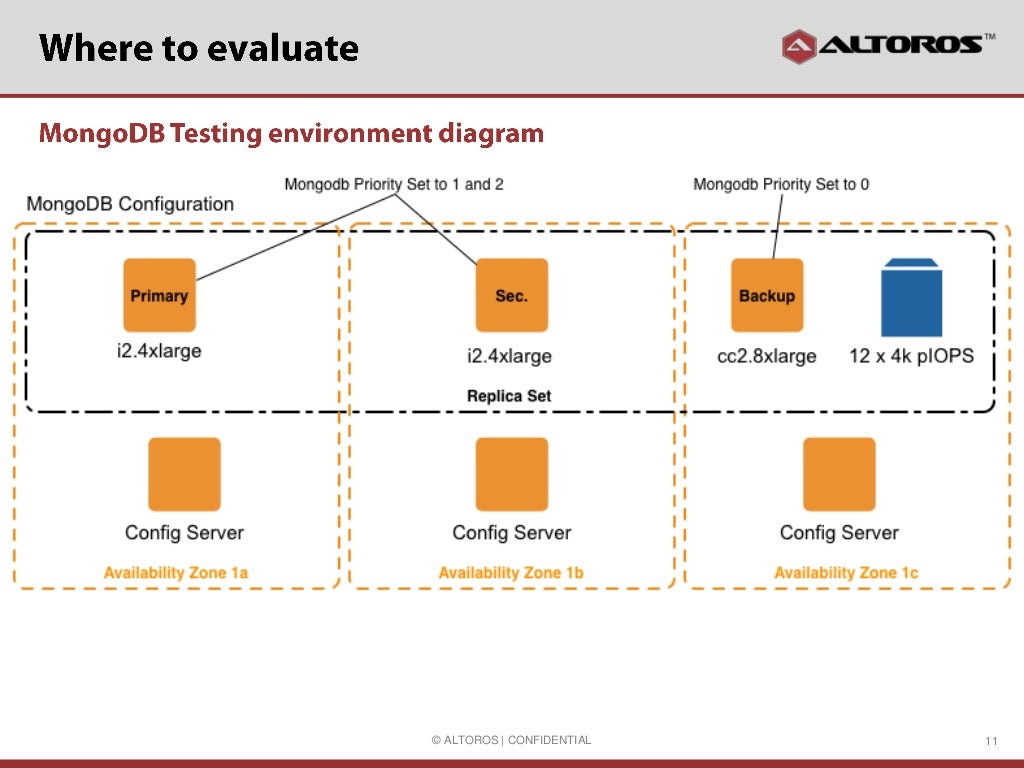
Role DV_SECANALYST (if Database Vault is enabled or if Database Grant the DBSAT user the following privileges: Must connect to the database as a user with sufficient privileges to select from The Oracle DBSAT Collector collects most of its data by querying database views. Order to collect and process file system data using OS commands. Read permissions on files and directories under ORACLE_HOME in In addition, the Oracle DBSAT Collector must be run as an OS user with Server that contains the database, because it executes some operating systemĬommands to collect process and file system information that cannot be obtained from In order to collect complete data, the Oracle DBSAT Collector must be run on the The following figure shows the components, sources, and reports of the Oracle You are not limited to running the Discoverer on theĭatabase server or the same machine as the Collector or Reporter. The Discoverer can run on any machine: PC, The collectedĭata is then used to generate the Oracle Database Sensitive Data Assessment Itĭoes this primarily by querying database dictionary views. The Discoverer executes SQL queries and collects data from the system to beĪssessed, based on the settings specified in the configuration files. To running the Reporter on the database server or the same machine as the Reporter can run on any machine: PC, laptop, or server. Security Assessment Report in HTML, Excel, JSON, and Text formats. The Reporter analyzes the collected data and generates the Oracle Database The collected data is written to a JSON file that is used by the DBSAT Reporter in the analysis phase. It does this primarily by querying database dictionary views. The Collector executes SQL queries and runs operating system commands to collect data from the system to be assessed. Note: Arm-based Container-Optimized OS images don't comply with the CIS benchmarks.The Oracle DBSAT consists of the following components: If any of the CIS Level 1 or Level 2 scans fail, the cis_scanner_scan_result.textproto file will contain a list of all failing checks. This file is overwritten on each run of the CIS scanner. The results of each run of the CIS level compliance scanner are written to /var/lib/google/cis_scanner_scan_result.textproto. The CIS scanner uses the configuration to check the compliance status of the instance. The CIS configuration defining the recommendations is present at /usr/share/google/security/cis-compliance/cis_config.textproto. We also provide a scanner that you can use to audit your instance against the CIS recommendation levels. Starting with Milestone 97, Container-Optimized OS images comply with to CIS Level 1 by default and provide an option to comply with CIS Level 2. How Container-Optimized OS complies with the CIS Benchmarks

The Container-Optimized OS CIS Benchmark is available on the CIS website: Both COS x86 and ARM images are CIS compliant. The Container-Optimized OS CIS Benchmark is a set of recommendations for configuring instances that use Container-Optimized OS to support a strong security posture. The Center for Internet Security (CIS) releases benchmarks for best practice security recommendations for various platforms.
#Oracle database cis benchmark how to
This document explains what the CIS Benchmark is, how the benchmark relates to Container-Optimized OS (COS), how to audit the status of compliance in the instance and how to troubleshoot in case of failure. Save money with our transparent approach to pricing Rapid Assessment & Migration Program (RAMP) Migrate from PaaS: Cloud Foundry, OpenshiftĬOVID-19 Solutions for the Healthcare Industry


 0 kommentar(er)
0 kommentar(er)
